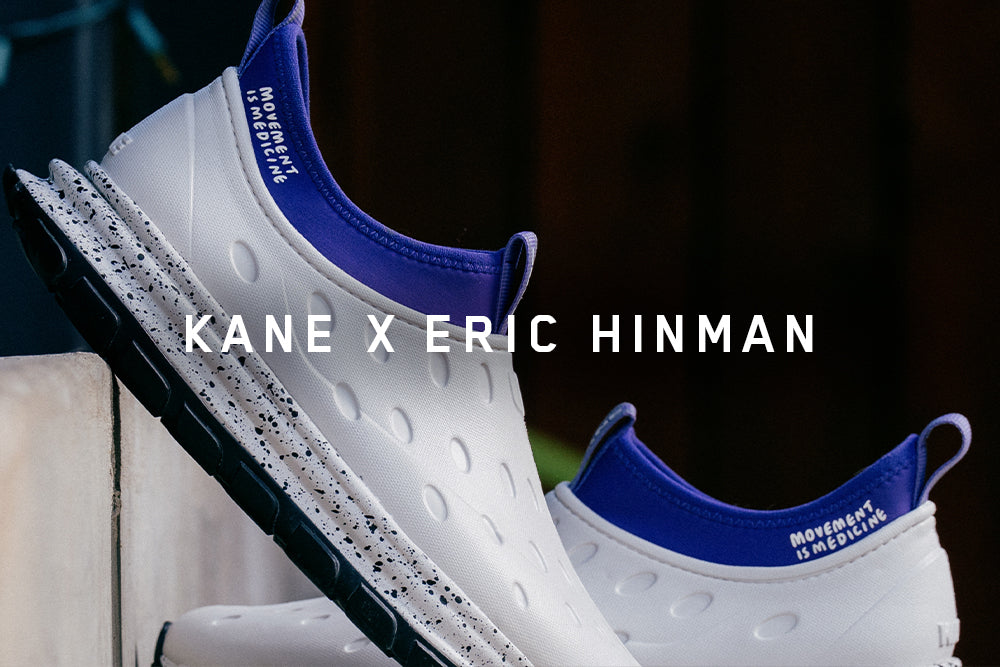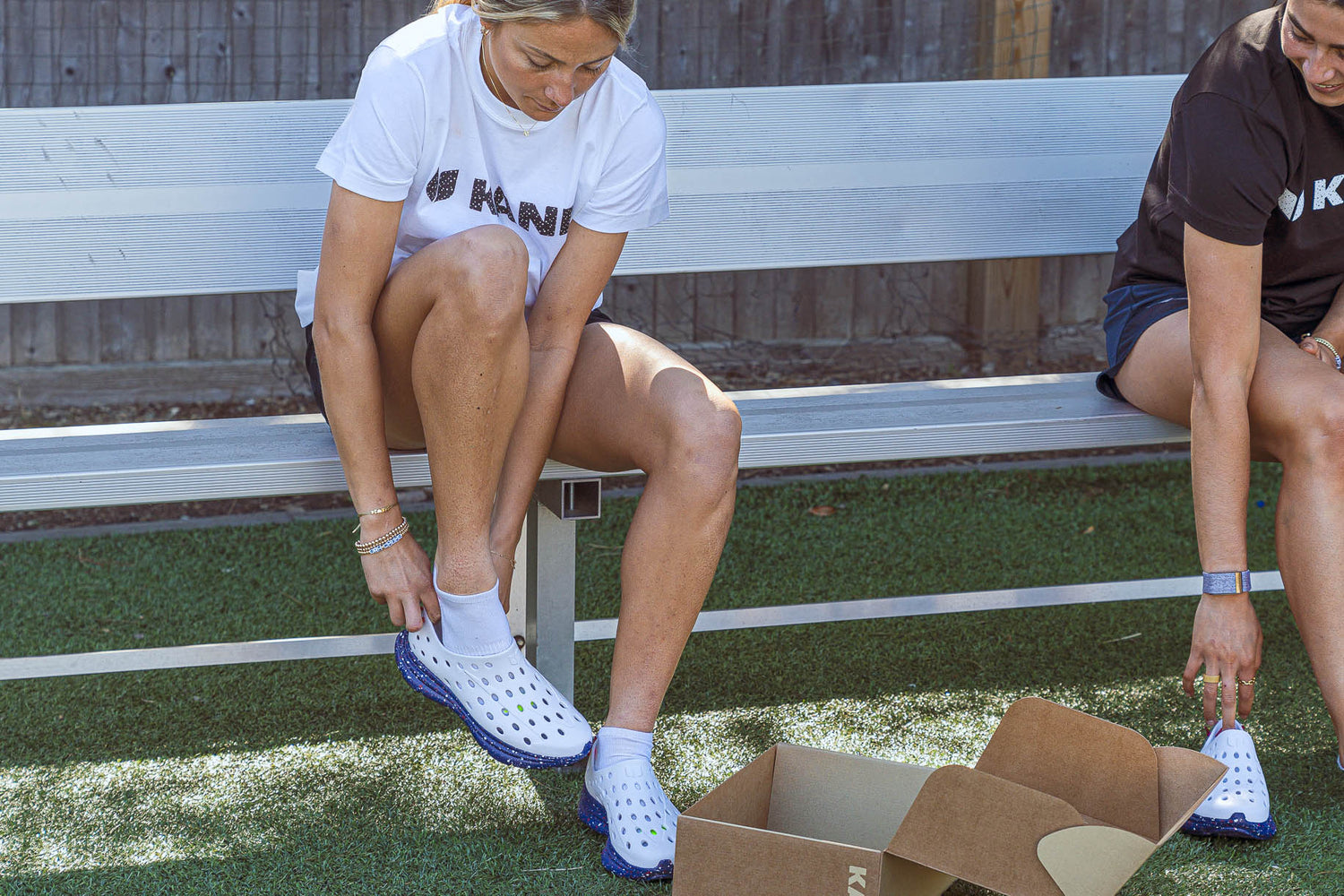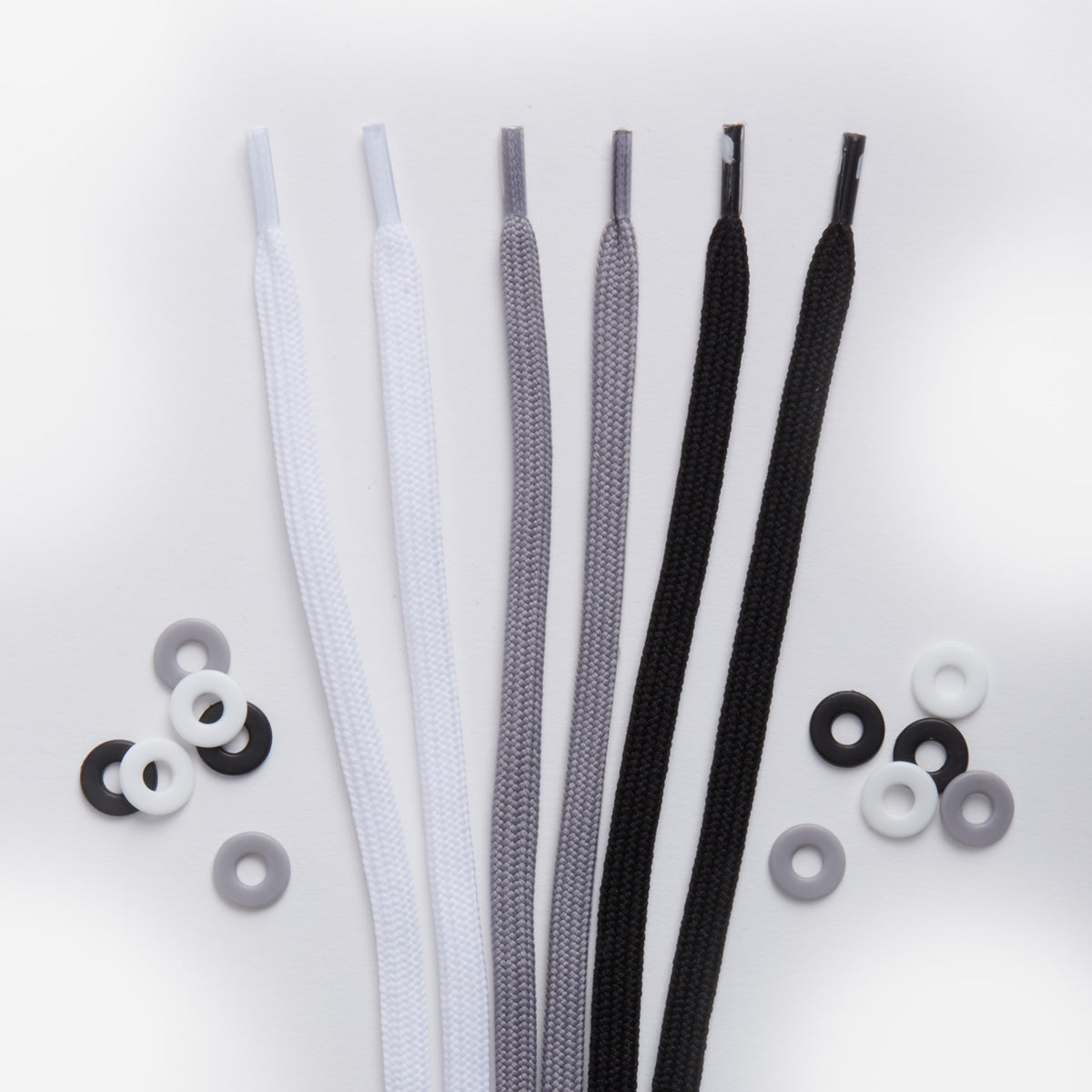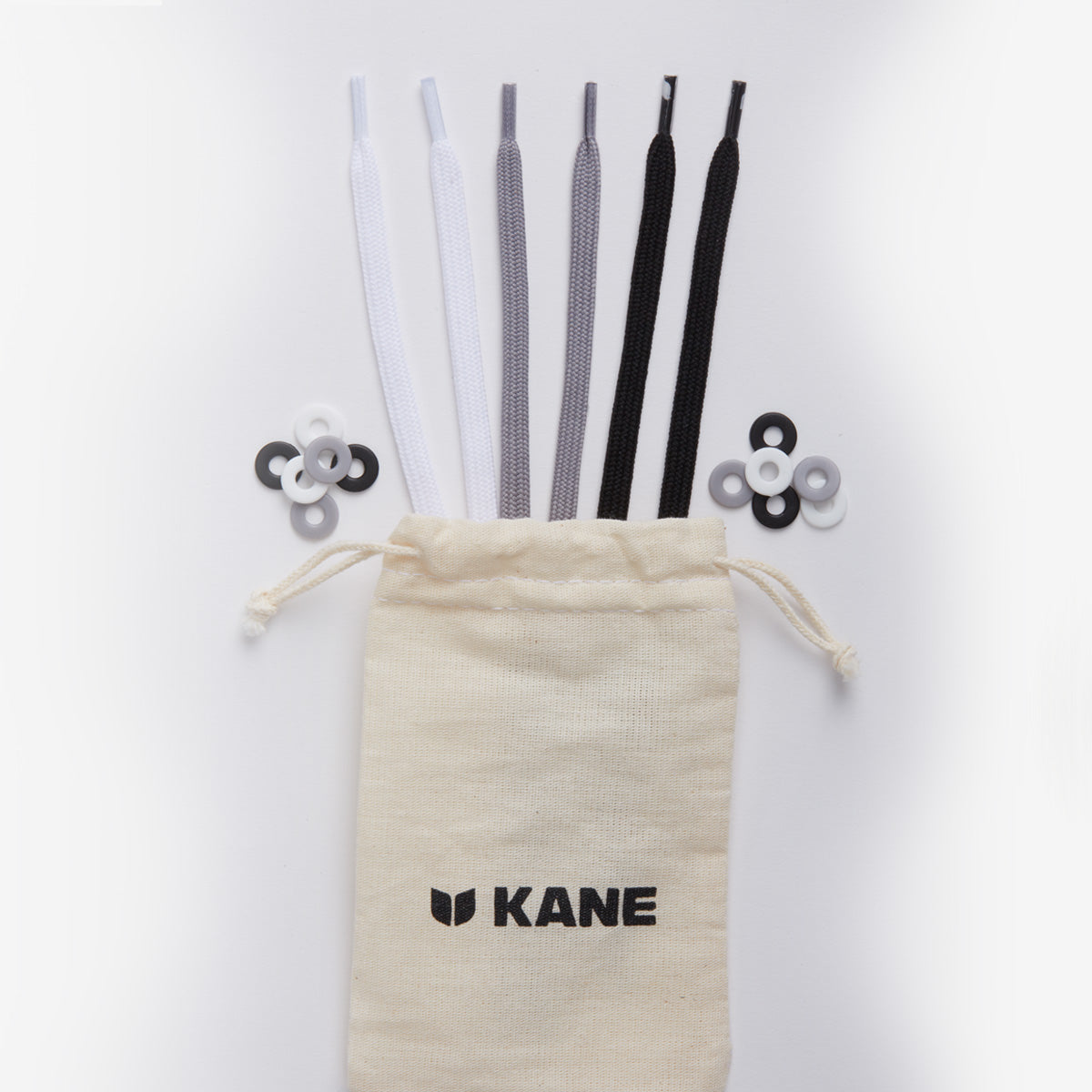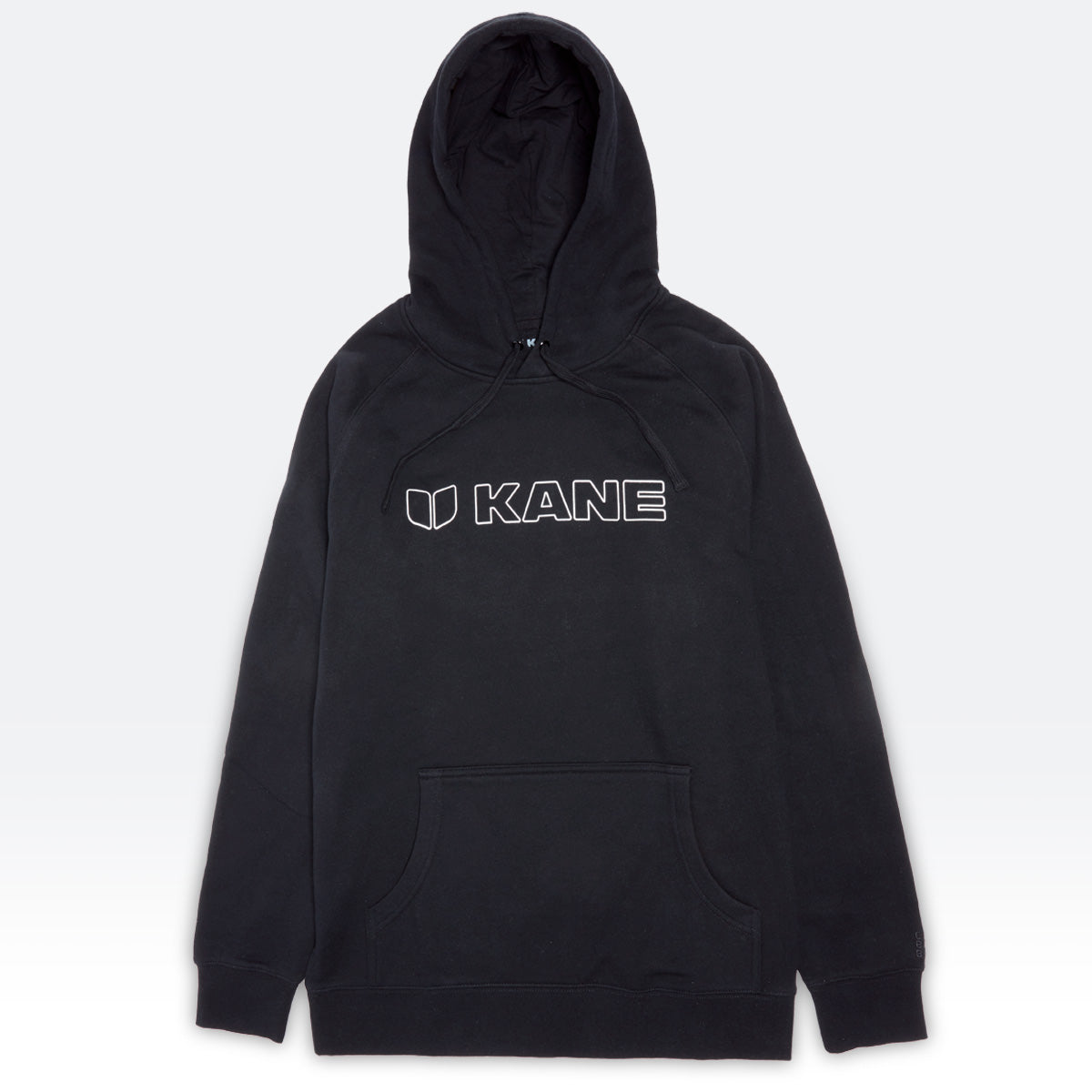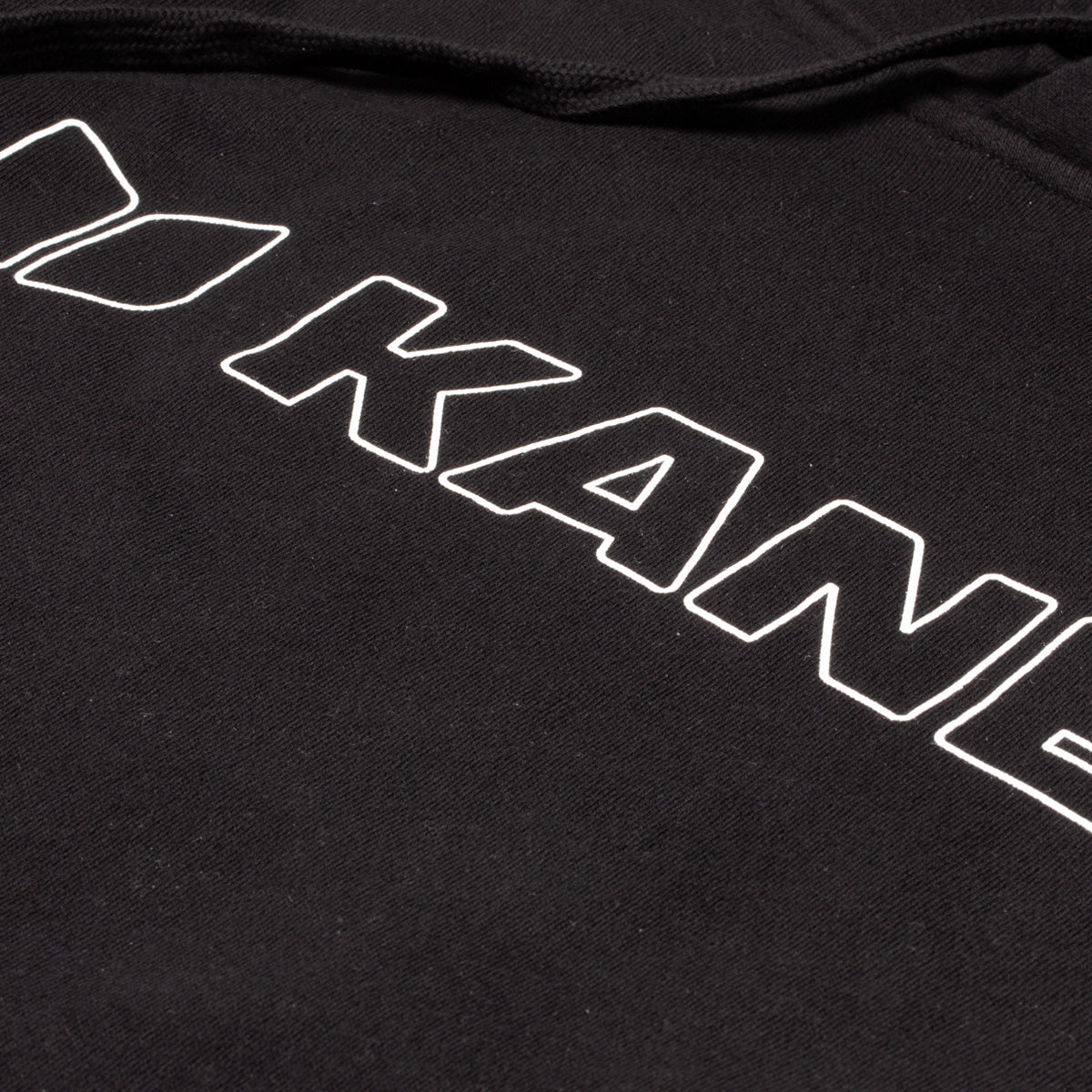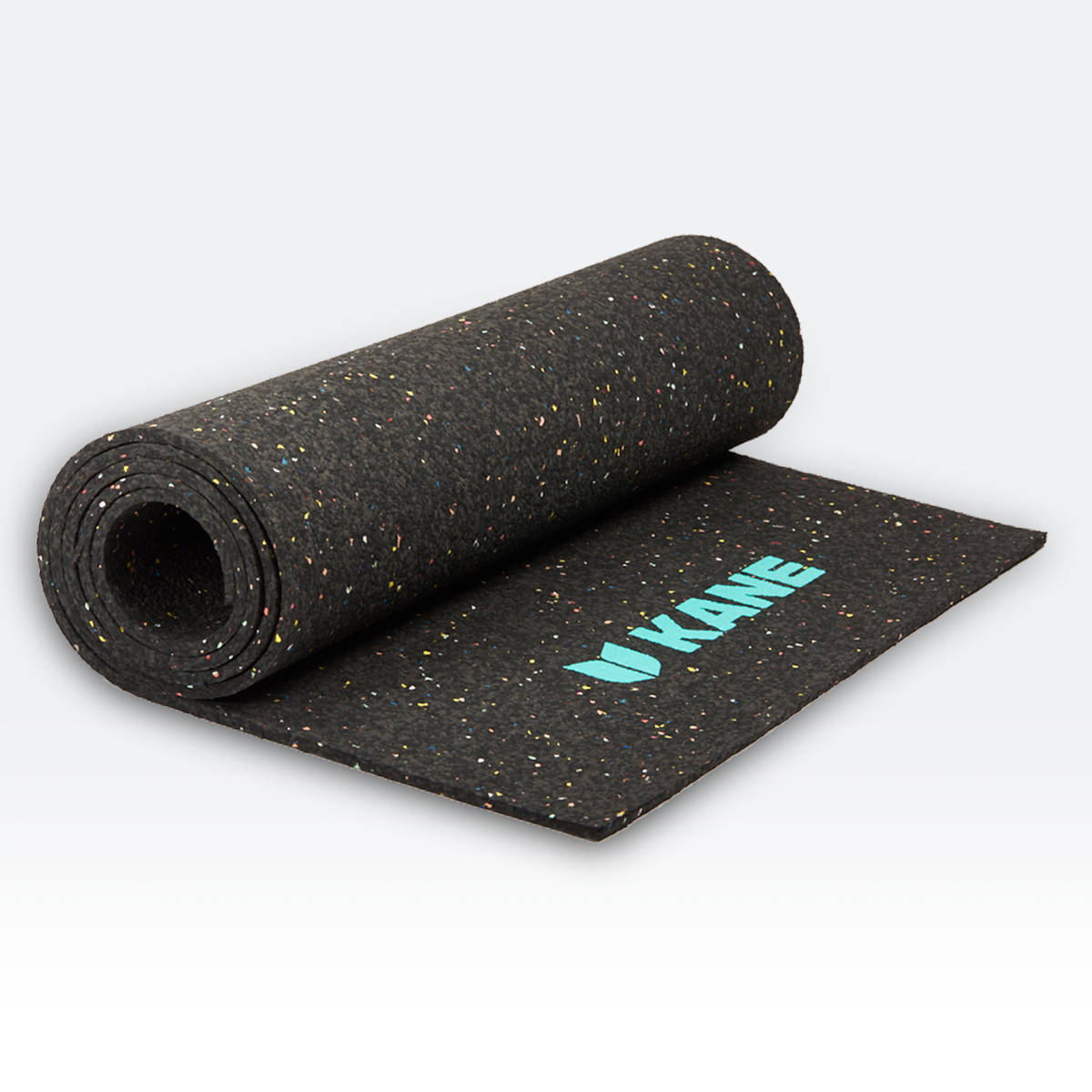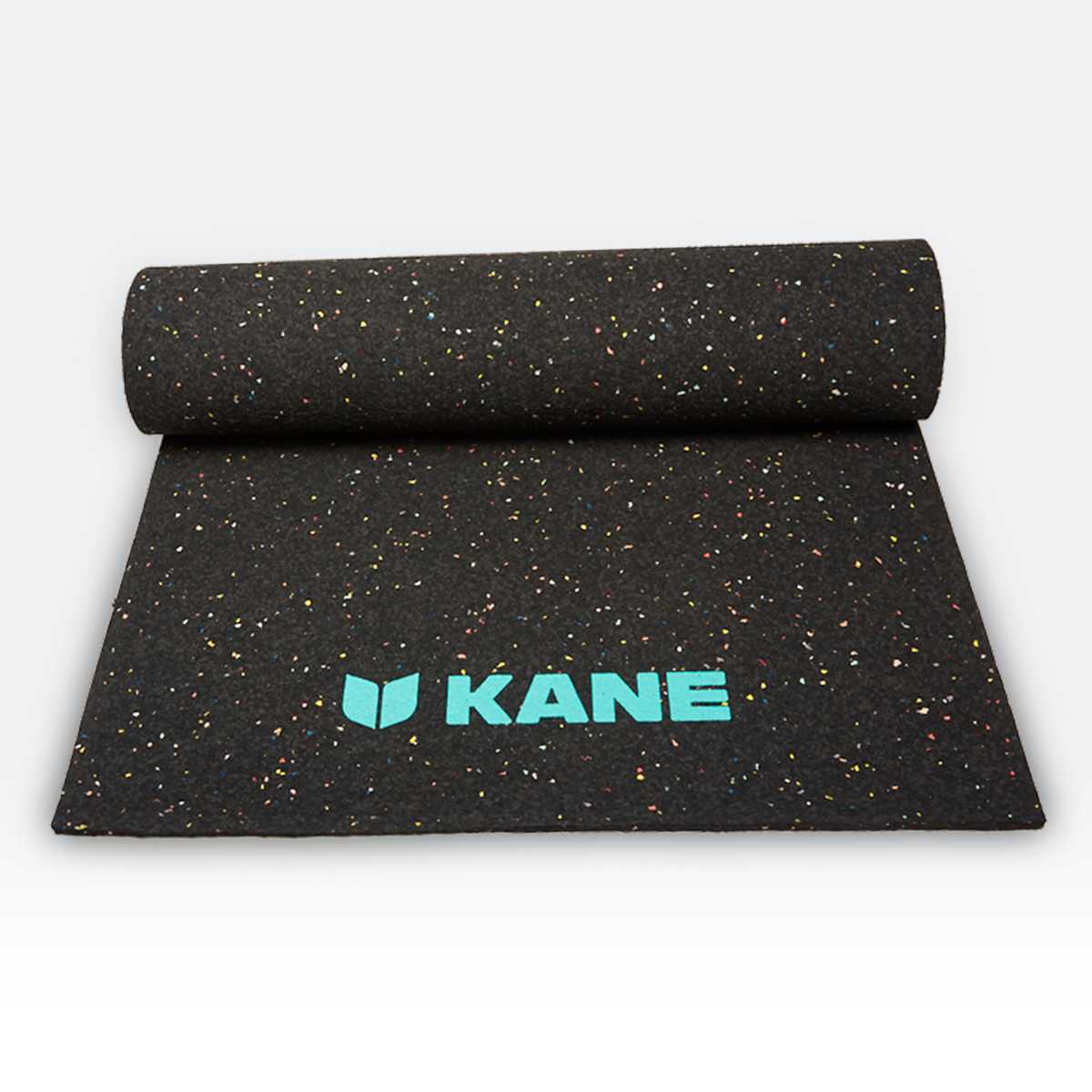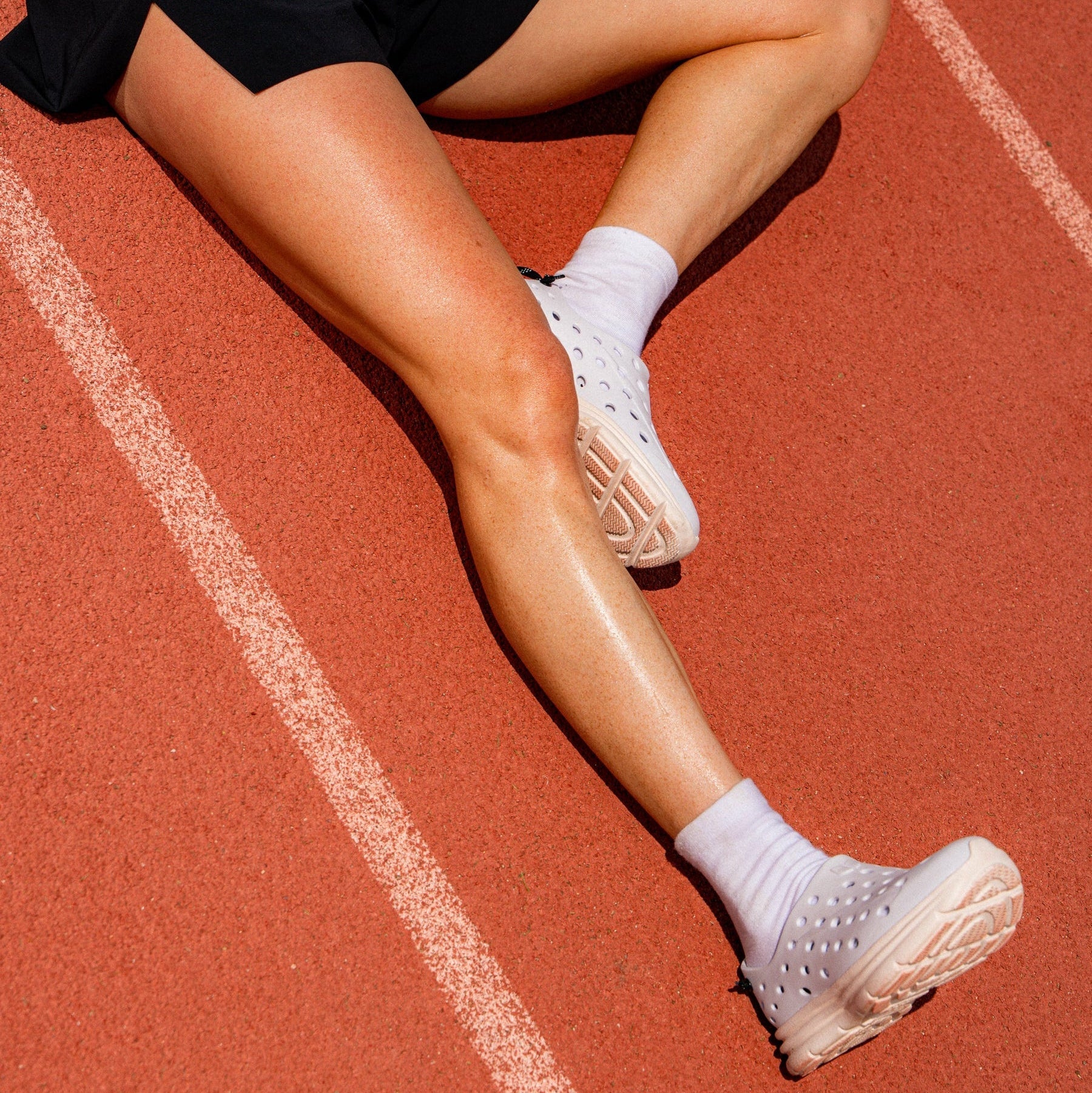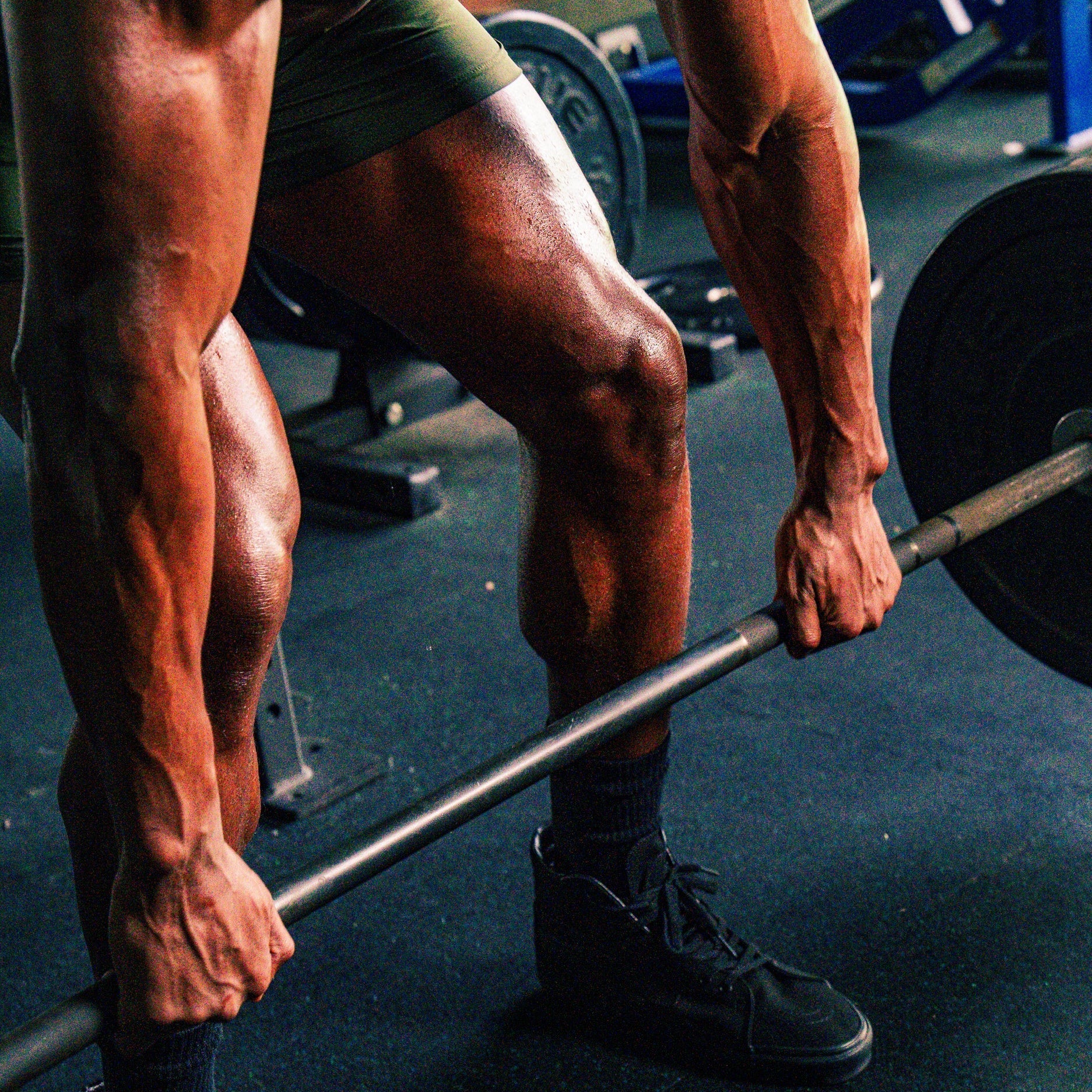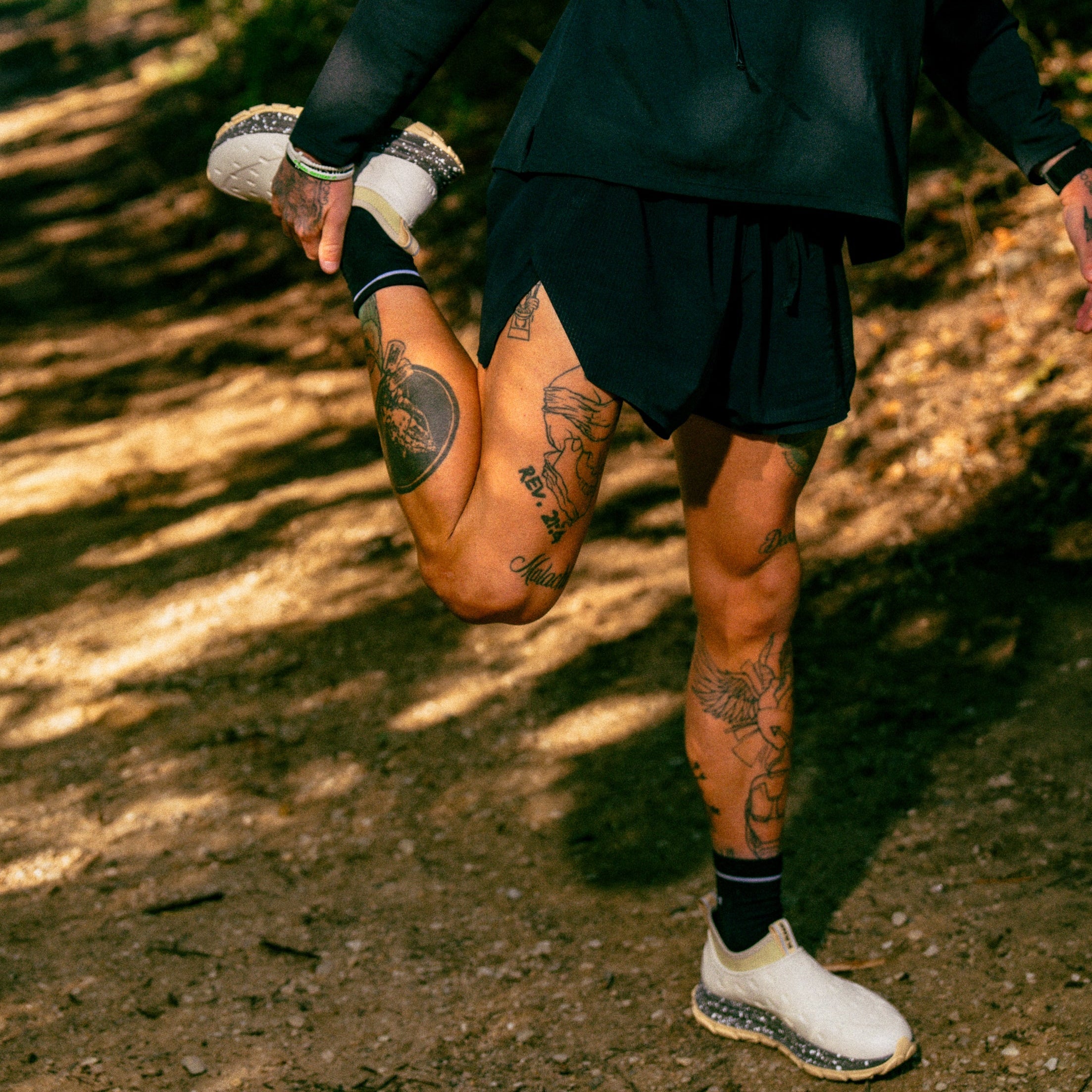After an intense workout, choosing between a soothing hot shower and a refreshing cold one is about more than personal preference. Both options have benefits to consider when it comes to deciding what's best for your post-workout recovery.
Whether you're seeking relief from tired muscles, enhanced circulation, or a revitalizing energy boost, understanding the dynamics of a cold or hot shower post-exercise allows you to curate a bathing experience tailored to your fitness goals, likes, and dislikes.
So, here’s what you should know when choosing between cold or hot showers.
Benefits of a hot shower after a workout
Taking a hot shower after a workout is common practice—for good reason. Warm water can offer several physical benefits, including relaxing muscles, promoting better sleep, and relieving respiratory symptoms by opening the nasal passages.
However, it's essential to be mindful of the water temperature to avoid dehydration and irritation, especially for individuals with certain skin conditions. Personal preferences and individual responses to hot water can vary, so listen to your body and find a comfortable temperature.
Here are some advantages of using water to generate heat after intense workouts:
- Muscle relaxation: Hot showers are hard to beat when it comes to muscle relaxation. The warmth of a hot shower helps to relax muscle fibers, reducing muscle pain and stiffness. A steamy shower can be particularly beneficial after intense exercise or activities that cause muscle fatigue.
- Increased circulation: Warm water can promote blood circulation, facilitating your circulatory system in delivering oxygen and nutrients to the muscles. Increasing blood flow may boost recovery.
- Pain relief: Warmth has a soothing effect on the body and can help alleviate pain and swelling. If you have sore muscles or are experiencing mild discomfort, a hot shower may provide relief during the recovery process.
- Joint flexibility: Hot water can improve joint flexibility by increasing the suppleness of connective tissues. Greater flexibility is especially relevant for individuals engaging in activities that involve a range of motion, such as weightlifting or yoga.
- Stress reduction: A soothing shower can calm the nervous system, promoting relaxation and reducing stress. This mental relaxation can contribute to an overall sense of well-being after a challenging workout.
- Open pores: The warmth from a shower opens up hair cuticles and pores, potentially aiding in the removal of toxins and impurities.
- Improved sleep: A steamy shower, particularly in the evening, can help signal the body that it's time to wind down. This sense of relaxation can improve sleep quality, which is crucial for recovery.
The cons of a hot shower
Hot showers, while soothing, can have drawbacks. They can dry out and irritate the skin, leading to itchiness and potential aggravation of certain skin conditions like eczema. Washing hair with hot water can strip the scalp of its natural oils, leading to dry and frizzy hair. Hot showers are not advisable for individuals with high blood pressure or cardiovascular disease, as the hot water can aggravate these conditions. Energy consumption is another consideration. Strike a balance by adjusting the temperature and duration in the shower stall.
Benefits of a cold shower after a workout
Taking a cold shower after a workout can help flush out toxins, increase circulation, and reduce muscle soreness, all of which contribute to improved recovery. Here are some of the other benefits:
- Reduced inflammation: Frigid showers can help constrict blood vessels and decrease blood flow to muscles, which can be particularly beneficial after intense or high-impact workouts.
- Muscle recovery: Cold showering may help in the recovery process by relieving sore muscles and speeding up the removal of waste products like lactic acid, which can accumulate during exercise.
- Improved circulation: Cold water exposure can promote better blood circulation, which can enhance the delivery of oxygen and nutrients to the muscles.
- Increased alertness: Cold showers are invigorating and can boost alertness and mental clarity. The shock of a cold temperature can stimulate the nervous system, providing a natural energy boost.
- Boost immunity: Cold exposure is believed to stimulate the immune system, potentially improving its function over time.
- Tightened pores and skin: Cold water can temporarily tighten the pores and skin, giving a refreshing and revitalized feeling. Tightened pores can be especially beneficial for individuals with oily or acne-prone skin.
- Caloric expenditure: Exposure to cold temperatures may activate brown fat, a type of fat that burns calories to generate heat, potentially contributing to weight management.
- Mental resilience: Enduring a cold shower temperature requires mental resilience and discipline, which can translate into improved stress management.
The cons of a cold shower
While chilly showers post-workout offer recovery benefits, they may not suit everyone. Discomfort, reduced blood flow, muscle tightness, and skin irritation are all possible side effects. Prolonged exposure risks a drop in body temperature (and, in severe cases, hypothermia), and the sudden shock may impact the nervous system, posing concerns for those with certain health conditions (such as high blood pressure).
Introduce chilly showers gradually to gauge your reaction, and consult a healthcare professional if in doubt. As with any post-workout routine, consider personal preferences and listen to your body to determine what works best.
The middle ground: Take a contrast shower
Some physical therapists and trainers recommend a hydrotherapy technique combining the best of both worlds. Contrast showers, which involve alternating between hot and cool water, may have various health advantages, including:
- Boosted circulation: The contrast in temperatures increases circulation by causing the heart to send blood rushing to vital organs
- Prevention of delayed onset muscle soreness (DOMS): Contrast showering can help prevent exercise-related injuries and reduce muscle tension
- Enhanced immune system function: Some believe they boost immunity, helping to prevent and fight off common illnesses like colds and flu
- Increased energy: The alternating temperatures can provide a burst of energy and alertness.
However, it's important to note that while these benefits are reported anecdotally, more scientific evidence is needed to support their effectiveness fully.
To take a contrast shower, follow these steps
- Hot phase: Start your shower with a comfortable temperature. The warmth helps promote relaxation, improve circulation, and open up pores.
- Cold phase: After a few minutes of the hot phase, switch to cold. The frigid water constricts blood vessels and stimulates the nervous system.
- Repeat: Continue alternating between hot and cold water for several cycles. The duration of each phase can vary, but common recommendations include 2 to 3 minutes of heat followed by 30 seconds to 1 minute of cooling.
- End with cold: Some people prefer to end the contrast shower with a final cycle of cool water, which leaves them feeling invigorated.
There should be a significant difference in temperature between the two portions to maximize effectiveness, with the heated portions lasting longer than the cold ones (3 to 5 minutes warm, 1 minute cold).
The contrast in temperatures during a contrast shower can provide various benefits, such as improved circulation, reduced soreness, and increased energy. It's important to note that while many people find contrast showering beneficial, more scientific evidence is needed to support their effectiveness fully.
Listen to your body and gradually introduce contrast showering if you're new to the practice. Additionally, individuals with certain health conditions, such as cardiovascular issues, should consult a healthcare professional before incorporating hydrotherapy into their routine.
The best option
When deciding between a hot or cold shower after an intense workout, it comes down to your preference and what issues you want to address. Here's a breakdown of the advantages and considerations of each:
Hot shower
Advantages
A warm shower can help relax muscles, improve flexibility, and alleviate tension. The warmth promotes blood flow, potentially reducing stiffness. It may be particularly beneficial for tension after a strenuous workout.
Considerations
Avoid scalding water, as it can irritate the skin, damage hair, and aggravate certain health conditions.
Cold shower
Advantages
Cold showers can help reduce inflammation and relieve sore muscles. Some trainers recommend them after intense workouts or activities that lead to muscle fatigue.
Considerations
Some individuals may find cold showers uncomfortable, and avoiding prolonged exposure to frigid water is essential, as it may lead to conditions like hypothermia.
Contrast showers
Advantages
Many people find alternating between hot and cold water beneficial. Some believe this method enhances circulation, reduces tenderness, and invigorates the body.
Considerations
Adjust the temperature based on what’s comfortable for you, and be prudent if you have conditions like circulatory problems.
Ultimately, the choice between a hot or cold shower comes down to personal preference. Some people may find relief with one over the other, while others may prefer alternating between heated and cool water. Listening to your body and experimenting to discover what works best for you is essential. If you have specific concerns about muscle tenderness or underlying health conditions, consult with a healthcare professional for personalized advice.
Frequently asked questions
Do cold showers after a workout affect muscle growth?
The impact of cold showers on muscle growth is a subject that has garnered attention in the fitness community. Research suggests that cold water immersion, including cold showers, may lessen the anabolic signaling in muscles, potentially limiting the activation of pathways responsible for muscle protein synthesis, which could slow down muscle gains if timed wrong.
Cold showers, particularly contrast baths involving alternating between heated and cool water, can also reduce inflammation and muscle tension and boost mood and resilience. Some experts believe cold exposure constricts blood vessels and decreases blood flow to the muscles, which may help manage post-workout tenderness.
However, it's important to note that the direct influence of cold showers on muscle growth is not well-established and may not be as significant as other factors like proper nutrition, adequate rest, and consistent training. While cool showers might contribute to overall recovery, they should be considered one element of a comprehensive recovery strategy.
Individual responses to cool showers can vary, and some people may find them invigorating, while others may prefer alternative recovery methods. Listen to your body and incorporate recovery strategies based on personal comfort and preferences. If you have specific concerns about muscle growth or recovery, consulting with a fitness professional or healthcare provider can provide personalized guidance based on your needs and goals.
What is the best way to shower after a workout?
The optimal post-workout shower method depends on individual preferences and fitness objectives. Showering within 30 minutes to an hour after exercising is a general rule of thumb. Tailor the water to your needs—a hot shower aids muscle relaxation, while a cool one reduces inflammation and muscle soreness.
Consider contrast showering by alternating between heated and cool water, which can bring the best of both worlds. Use a mild body wash, paying attention to areas prone to sweat buildup. Wash your hair with shampoo and conditioner if necessary.
To avoid skin irritation, pat yourself dry gently rather than rubbing vigorously and consider putting on moisturizer, especially following hot showers. Above all else, adapt your routine based on what leaves you feeling refreshed and clean.
Is a hot or cool shower better for sore muscles?
Ultimately, choosing between a hot or cool shower for sore muscles comes down to personal preference. Some people may find relief with one over the other, while others may prefer alternating between water temperatures. Listening to your body and experimenting to discover what works best for you is essential. Consult a healthcare professional for personalized advice if you have specific concerns about muscle soreness or underlying health conditions.
Is cool or hot water better for muscle recovery?
Both temperatures can benefit muscle recovery, but their effectiveness depends on the context. Cool water, such as in showers or ice baths, can help reduce inflammation, ease pain, and promote recovery immediately after exercise. It may also help prevent elastic tissue damage and reduce delayed onset muscle soreness.
On the other hand, hot water, through heat application or hot showers, can relax muscles, dilate blood vessels, and promote blood flow, which can help with muscle strains and encourage range of motion.


